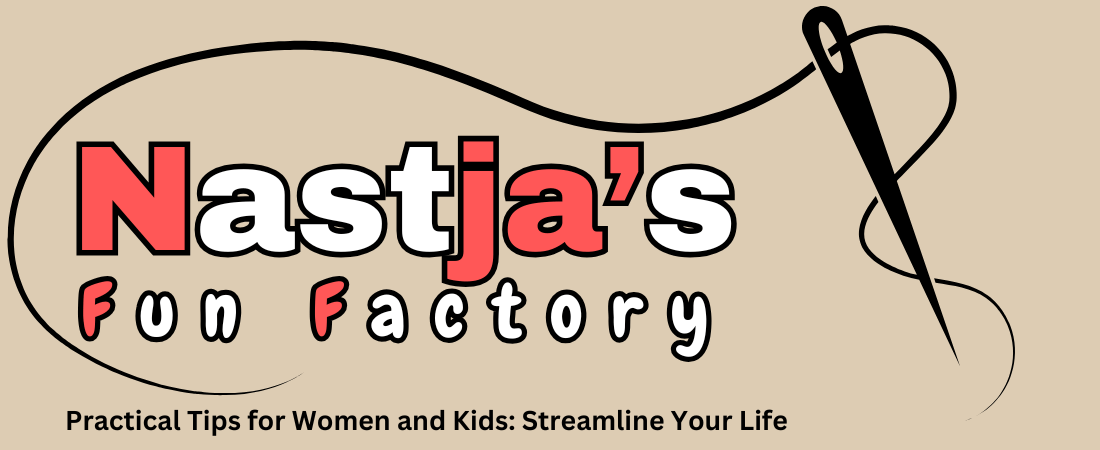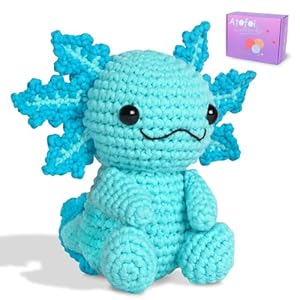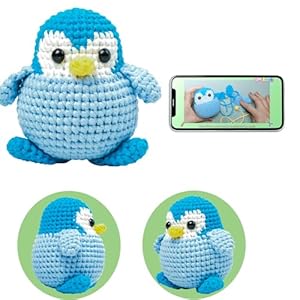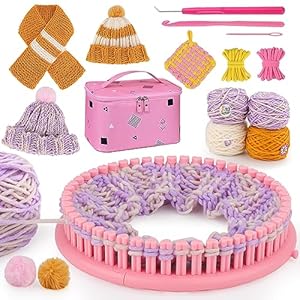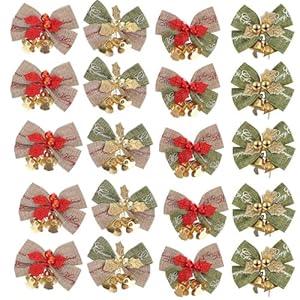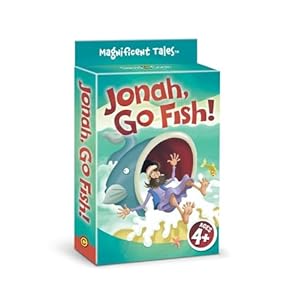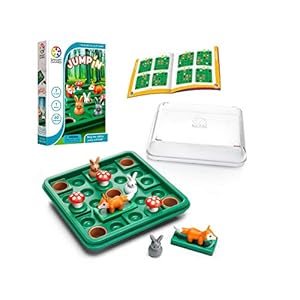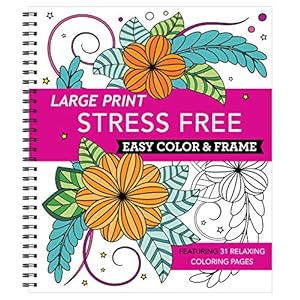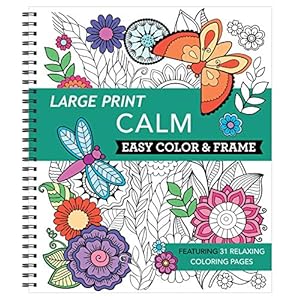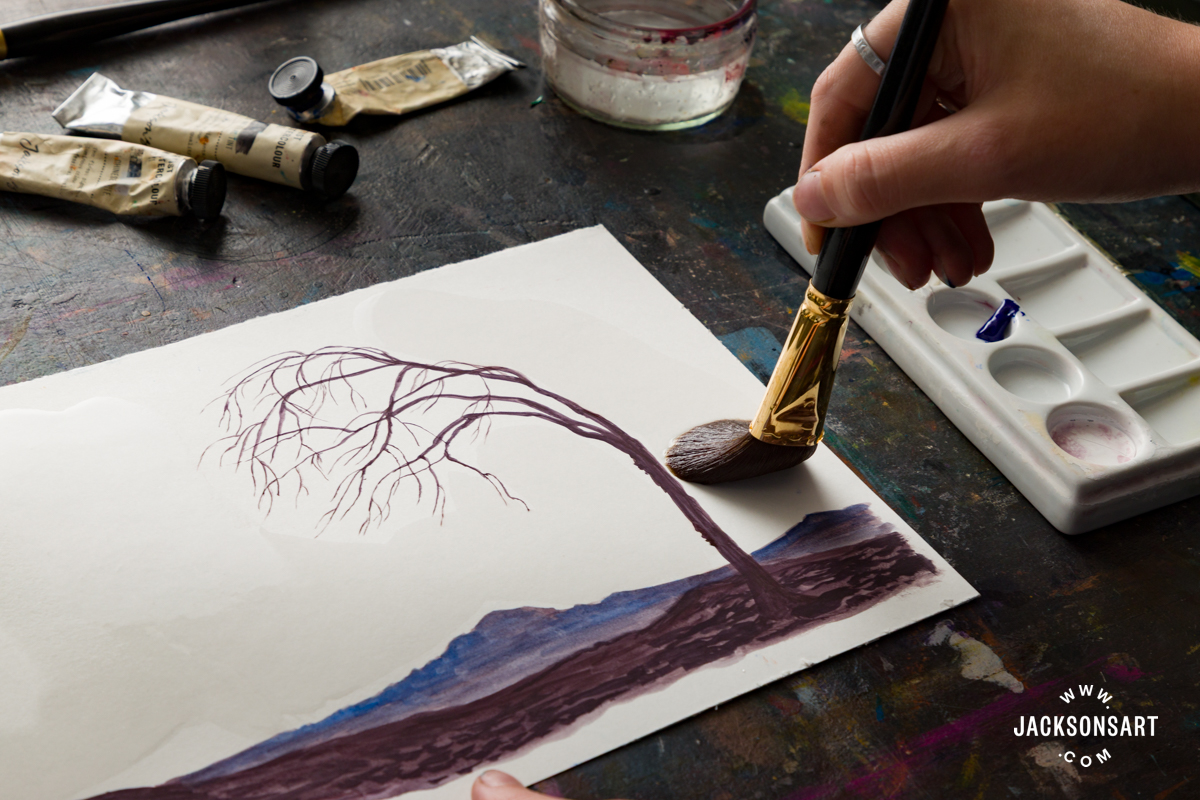
In this article, I define the wet-on-wet technique for water-based media by looking at examples of it used throughout art history beyond the infamous ‘Golden Age’ of watercolour painting in 18th to 19th-century Britain. I then give demonstrations and practical advice for applying the wet-on-wet technique with watercolours, gouache, and ink with a variety of effects to your own paintings. Articles in the Painting Techniques Series define the meaning and context of art making processes and give practical tutorials on how to work with them.

Wet-on-wet Techniques for Watercolour, Gouache, and Ink
Definition: The wet-on-wet technique is the application of water-based media to an already wet artwork or surface. The technique can refer to an entire sheet of paper that the artist has washed over with clean water, a specific shape that the artist has wetted with water for the paint to bleed into and fill, or a wet watercolour painting that the artist continues to add to before the first wet layer has dried. When multiple colours are added to the same wet surface, they’re able to bleed, disperse, and mingle together.
What is the Effect of Wet-on-wet with Watercolours, Ink and Gouache?
The wet-on-wet technique allows artists to diffuse watercolour, gouache, and ink in a somewhat unpredictable way, without visible brushmarks. This can add dynamic and varied texture to works on paper, and artists who use it often learn to manipulate and predict the resulting marks in their favour. On the other hand, accidental wet-on-wet marks are often considered a pitfall of watercolour painting, where paints may unintentionally bloom into each other if their neighbouring colours aren’t fully dry – to the artist’s annoyance.
Deliberately working wet-on-wet can give artworks a spontaneous feeling and suggest that the artist embraces the elements of chance and surprise in their works. When combined with deliberately placed paintwork on the same surface, the work will have satisfying visual tension between the incidental and intentional marks. Since the technique has to be carried out fairly rapidly, before the water dries, paintings with wet-on-wet areas also embody a sense of time. Due to the blooming or bleeding effect of applying watercolours, inks, and gouaches wet-on-wet, the technique is often used to emulate water-related imagery, like clouds, seas, and skies.

The History of Wet-on-wet Watercolours
Watercolour painters have always had incidents of wet-on-wet occur due to the nature of the medium, which will bleed into any already wet areas of the surface. Watercolour was first used as a distinct medium in fine art in the Renaissance by artists like Albrecht Dürer, who used it to pick out meticulous details, almost using it like a drawing medium. It wasn’t until ‘The Golden Age of Watercolour’ in 18th and 19th-century Britain that artists would fully embrace the blooming potential of watercolour.
That isn’t to say that no other artists had intentionally applied watercolours wet-on-wet before, as we can see in this watercolour from 18th-century India, called Gaur-Malar Ragini, by an unknown artist. The central female figure or ‘ragini’ represents a musical mode or ‘raga’, in Indian classical music. In this example, she’s holding her instrument, with two women and other creatures listening next to her and in the foliage. The wet-on-wet technique has been used to paint the sky at the top of the image, breaking out of the opaque paintwork of the rest of the artwork, and emulating the music floating into the atmosphere around them.

Gaur-Malar Ragini, 18th Century
Unknown Artist
Watercolour and gold on paper, 19.4 x 16.5 cm | 7.7 x 6.5 in
Detroit Institute of Arts
The Symbolist Gustave Moreau is perhaps best known for his painting of Oedipus and the Sphinx, which secured his fame in the Paris salon in 1864. He made a host of artworks depicting all kinds of mythological, religious, and folk tales, at a time when painting reality was in fashion. His watercolours have a different vitality and vibrance to his oil works, with their shimmering layers of colour, a host of markmaking techniques, and diffused jewel tones.
In his work, Salomé Dancing Before the Head of Saint John the Baptist, the emotive tension between her carefree dancing before the beheaded man creates a parallel with the visual tension between the delicate washes on her figure and the relative weight and opacity of the background. In a few areas, we see evidence of the wet-on-wet technique being used to layer up colours and create appealing textures.

Salomé Dancing Before the Head of Saint John the Baptist, mid to late 19th Century
Gustave Moreau
Graphite, watercolour, and gouache on cream wove paper, 25 x 18 cm | 9.8 x 7 in
The Metropolitan Museum of Art
Winslow Homer was one of the most influential American artists of the 19th Century. He mastered watercolours, imbuing them with emotional depth and confident brushwork, combined with acute observational skills. He made a great amount of works about the human relationship with the sea, exploring the futility of working against the forces of nature.
In his works, we can see moments of the wet-on-wet watercolour technique used deliberately, and also as a result of the rapidity of capturing a scene in observation. In his watercolour Stowing Sail, made on a trip to the Bahamas, we see areas of wet-on-wet in the soft diffused quality of the sky, and in the flash of red on the hull of the boat that has bled upwards. The swiftness of the placement of colour suggests his haste in depicting the boats before they disappeared from his view. It gives this red area of wet-on-wet, both the sense of reflected colour in the water, and conveys his skill in recording the scene before the adjacent layers of paint had a chance to dry.

Stowing Sail, 1903
Winslow Homer
Watercolours on ivory wove paper, 35.5 x 55.4 cm | 14 x 21.8 in
Art Institute Chicago
Alongside her famous sensual flower and landscape oil paintings, Georgia O’Keeffe also made numerous watercolours in an experimental period between 1915 and 1918. She mastered balancing the elements of control and surprise with the medium and used the wet-on-wet technique in a number of her works. Towards the end of her life, when she was suffering from macular degeneration, she returned once again to watercolours and created a series of forty abstractions. Works like Morning Sky, Nude Series VIII, Blue Hill No.1, and Portrait – W – No.III all exemplify her confidence with mingling colours and tones together using the wet-on-wet technique.
Demonstrations of the Wet-on-Wet Watercolour Technique
Demonstrating the Unpredictable Results of the Wet-on-Wet Technique
Applying watercolours wet-on-wet produces unpredictable results since the pigment disperses across the wet sheet or shape outside of the artist’s control. With practice it’s possible to somewhat predict how the paint will disperse depending on how loaded the brush is, the type of paper, and the wetness of the sheet. Regardless it will often create feathery effects and shapes that will surprise you. To demonstrate this I started by applying a wash of water to a whole sheet from a Jackson’s Hot Pressed Watercolour Block and a Jackson’s Cold Pressed Watercolour Block. Next I applied the same colours to each sheet, using the same brushstrokes, and load of paint.

Cold pressed watercolour paper
As you can see each area of wet-on-wet has dispersed into totally unique shapes. On the cold-pressed paper the watercolour diffused outward much more, and on the hot-pressed sheet there are more defined feathery edges to the paint. It’s useful to test out the technique as I have done on a sheet of your preferred watercolour paper before you apply it directly onto your work, to get a feel of the effect it will produce.

Hot pressed watercolour paper
The Wet-on-Wet Watercolour Technique Across an Entire Sheet of Paper
Next I used the wet-on-wet technique to create an entire watercolour painting. Working in this way unifies the visual effect of the work, by ensuring that any linear brushwork becomes hazy, and neighbouring colours bleed together on the surface. This can give watercolours some unique characteristics, becoming dreamlike, misty or evoking memory. To begin I washed an entire sheet from a Jackson’s Bockingford Cold Pressed Watercolour Pad with water.
Next I began painting in linear strokes around the contours of the face, allowing the paint to disperse. As I worked I lifted a couple of areas where I didn’t like how the paint was moving, and applied more colour. The push and pull between control and spontaneity by painting wet-on-wet makes for an organic, but considered surface. Once you have completed a watercolour in this way, you could easily layer on a more deliberate layer of paintwork to pick out finer details once the sheet has dried.

Tips: Lifting watercolours refers to removing unwanted paint from your work with a clean brush, rag, paper or sponge. Whilst the paint is wet it’s easy to quickly shift areas that you don’t like, or want to add more texture to. Once watercolours have dried down, you’ll need to rewet the paint to shift it, by wetting the implement you’re removing it with.
The Wet-on-Wet Watercolour Technique on Specific Shapes
The wet-on-wet technique doesn’t just work when applied to a whole sheet of paper, but can be used to pick out specific areas that you’d like to have a diffused or softened effect. For this example I painted a watercolour of a barren landscape on a dry sheet of Jackson’s Hot Pressed Watercolour Block, with some mountains in the distance, and a bare tree.

I wanted to use the wet-on-wet technique to apply soft clouds in the sky, allowing the landscape to be the strongest element of the imagery. I wetted the sky with a clean brush, being careful to work around the edges of my tree. I used a smaller brush to pick out some of the gaps between the branches, so that I could continue my soft cloud behind it without making the branches bleed.

I carefully applied some very light grey clouds to the sky, that dried with softened edges and diffused brushmarks. I enjoy the visual contrast between the sharpness of the tree, next to the delicate clouds.

Tips: You can also try this technique with diluted watercolours to wet the paper, before adding more paint to them. This will meld the colours together, and perhaps help to introduce a more complex palette or tonal range to the work.
The Wet-on-Wet Technique with Gouache
It’s also possible to work wet-on-wet with gouache – which appears slightly differently from watercolours. It tends to be a stiffer medium, so may not bleed as far as watercolours do, but will still give your paintwork subtle soft edges.
To begin my painting I wetted a sheet from a Jackson’s Hot Pressed Watercolour Block with water. Next I began painting my image of a flock of swans flying, allowing the paint to diffuse without intervening or lifting. As you can see the lime green highlights appear as if they’re glowing in the dispersed wet-on-wet paintwork. I especially like how the softness of the technique enhances the feeling of weightlessness in their flight.

Next I wanted to demonstrate the same technique, but this time using a sheet from a Jackson’s Cold Pressed Watercolour Block. For this example I worked with one colour, painting the silhouette of leaves on the wetted surface. As you can see the texture of the paper gave some of the leaves feathery edges, as opposed to the soft gradients in the previous example.

Tips: If the paper begins to dry out as you’re working, you can rewet it as you work. Just be careful not to wash off some of the work you’ve already done.
The Wet-on-Wet Technique with Ink
Working wet-on-wet with ink can produce some exciting effects, again slightly differing in quality from the previous watercolour and gouache examples.
To begin my first example I washed over an entire sheet from a Jackson’s Hot Pressed Watercolour Block with water, before loosely painting three vases on it. I wanted to test the difference in effect between painting with pure ink and diluted ink on the wet surface. The areas of pure ink – the outline of the vase on the left, and the body of the vase on the right – didn’t disperse very much, but dried with soft edges. The areas with diluted ink – the central vase, and shadows on the left – dispersed much more. I especially liked the unexpected effect of some of the ink on the central vase dispersing in a sprayed effect, some of which drifted freely outside of the vase shape.

Next I wanted to test dropping the ink onto wet paper from a Jackson’s Hot Pressed Watercolour Block, to see how it dispersed without the mediation of the brushmark. The blobs of ink dispersed in starbursts, and I varied their tonal value by altering the dilution of the ink itself. This immediately made the painting resemble a flurry of flowerheads, so I added some stems and leaves once the paper dried. This technique would be useful for emulating a host of natural textures, such as foliage and fur.

Tips: You can’t lift dried Indian Ink with water like you can with watercolours, so if there are areas you’re unhappy with as you work wet-on-wet, it’s best to do what you can to alter them before they dry.
Further Reading
Review of Michael Harding Professional Watercolours
Making Handmade Watercolours with Jackson’s Artist Pigments
A Guide to Watercolour Painting
Everything You Need to Know About Watercolour Paper
Shop Art Materials on jacksonsart.com
The post Wet-on-wet Techniques for Watercolour, Gouache, and Ink appeared first on Jackson's Art Blog.
Trending Products
